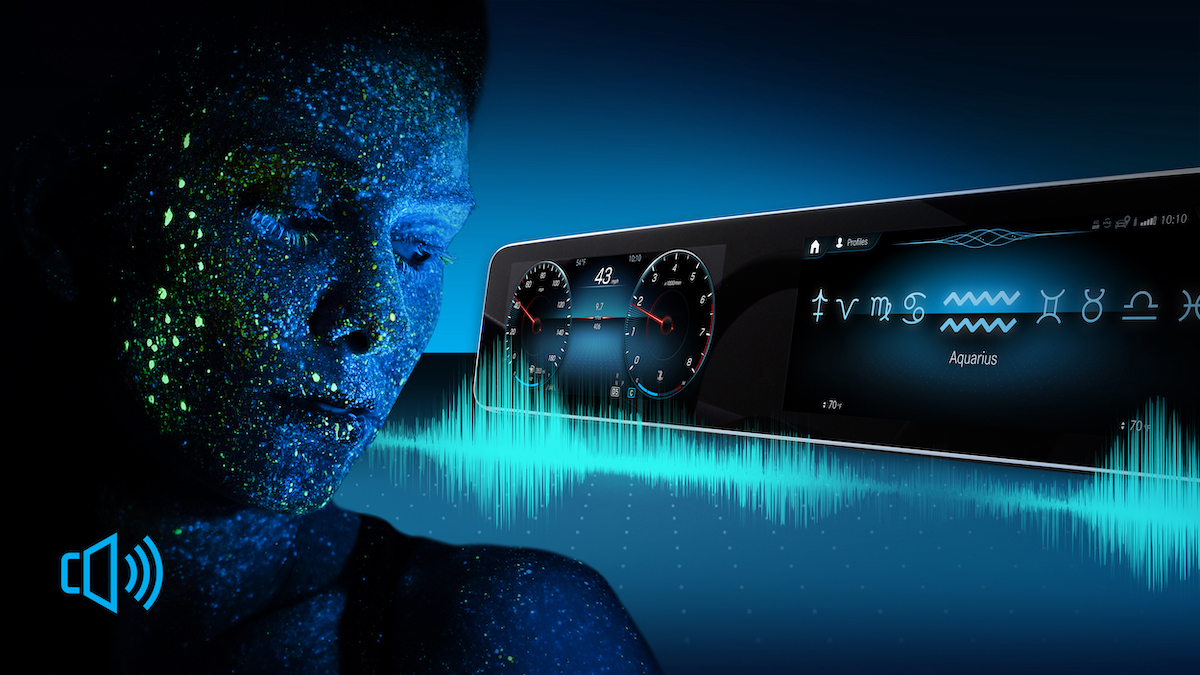The four megatrends in the automotive industry, CASE (connectivity, autonomy, sharing, and electrification), have taken shape and entered the "Warring States" period within the past decade, thanks to the focused efforts of global automakers. Tapping into AI technology, connectivity, autonomous driving, smart cockpit, as well as intelligent design and production have made fundamental changes to the automotive industry. The world is unlikely to see a new car model lacking AI-related technology after 2030.

Over the past five years, the global automotive industry has experienced the most subversive technological innovation in more than 100 years of automotive history. The new wave of future automotive technology, led by electrification, has brought traditional automakers to the starting point for urgently needed corporate transformation and restructuring and has guided the technology industry to a new world of infinite business opportunities. When it comes to intelligentization, today's mainstream L2 driver assistance, gesture control, voice control, and eye tracking are all technologies that are quite mature. So, how far will AI push intelligentization forward in the next stage of development? Three directions are evident now…
- Self-driving technology continues to evolve. Whether it is L3, where the attribution of responsibility for accidents is controversial, or L4, which is used in localized, geofenced situations (e.g., point-to-point fixed-route logistics or specific areas such as public transportation or parking lots), commercialization is taking place around the world. Collaboration between carmakers or car-sharing companies and self-driving technology companies has brought a glimmer of hope to the self-driving progress after years of chaos and uncertainty.
- The recognition of speech-semantics interaction gets more and more accurate. Apart from the voice control function we are familiar with, where AI converts audio into text, natural language processing (NLP) goes further to interpret text and identify the speaker's intent.
- AI learns the driver's driving habits independently and builds functions iteratively and incrementally, so that an autonomous car can operate more closely to the individual driving styles of different drivers.
That is not all. AI has other unexpected potential applications in automotive technology that are likely to become mature enough for implementation…
- The eye-tracking feature for driving safety is extended to gaze tracking. Furthermore, AR (augmented reality) and AIoT technology are combined to transmit information actively about objects of interest to the driver in the surrounding environment and display it on the windshield, which has been developed into a large LED panel, for the occupants in the car to use as a travel guide or as a tool for collecting city information.
- For vehicles to be safer and more durable, a large amount of data on insurance claims and repair records can be simulated and analyzed by AI computing systems to deduce the design direction that can further enhance the safety of vehicles. In addition, photos of an accident scene can be immediately sent back to the repair shop and compared with the database by the AI system to generate a repair quotation for the damaged vehicle. This saves time and disputes for the parties involved in the accident, the insurance company, and the repair shop.
- Food delivery or grocery delivery. Nowadays, we use food delivery platforms and online shopping from time to time in our daily lives. The picture of such delivery services is likely to change. Small autonomous delivery vehicles (only carrying goods, not people) will probably be used to make short-distance deliveries to our homes. Maybe we won't need to go to hypermarkets for grocery shopping in person anymore. Of course, delivery vehicles exclusively for transporting goods also need to be registered and have license plates. It is something the auto industry needs to include in future R&D planning.
To maximize synergies in the future, smart car technology can't rely on AI alone. AI must be integrated with IoT to become AIoT. Particularly when the 6G era comes after 2030, AR and 6G are expected to transmit information to a remote service center in case an autonomous car encounters a traffic situation that can't be handled ( when there is only cargo on board, or none of the occupants can drive), and a human driver can operate the car remotely through AR, a highly immersive technology, to get it out of trouble. By that era, self-driving systems will be able to learn various corner cases frequently and in real time, thereby continuously improving the safety of the systems and eventually eliminating the need for humans to intervene and take over the operation of autonomous vehicles